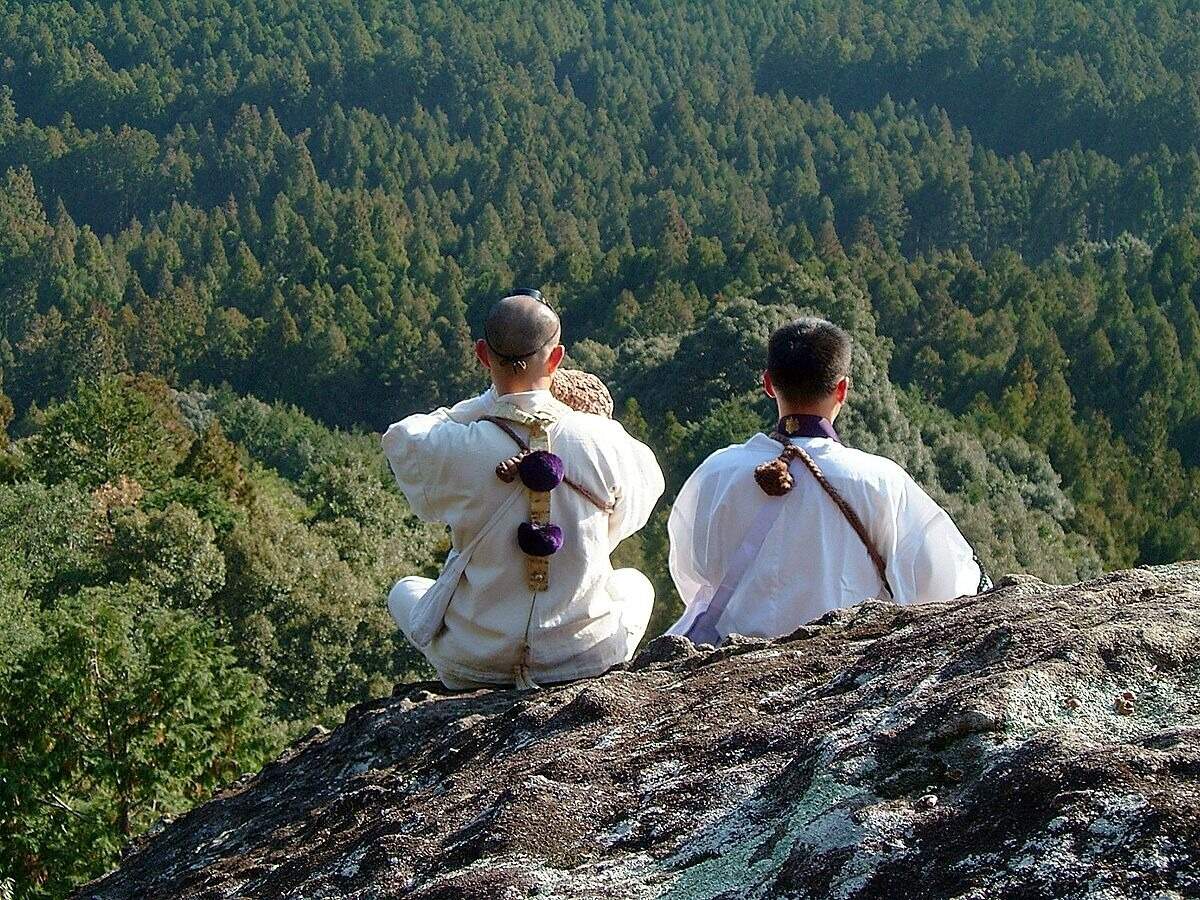
What is Shugendo? Shugendo is a mystical Japanese practice blending elements of Buddhism, Shinto, and Taoism. Rooted in ancient mountain worship, it emphasizes asceticism, meditation, and rituals to achieve spiritual power and enlightenment. Practitioners, known as yamabushi, often undergo rigorous training in remote mountains, enduring harsh conditions to purify the mind and body. Shugendo's teachings focus on harmony with nature, self-discipline, and spiritual growth. This unique tradition has influenced various aspects of Japanese culture, including festivals, martial arts, and traditional medicine. Despite modern changes, Shugendo remains a vital part of Japan's spiritual landscape, attracting those seeking deeper connections with nature and inner peace. Curious about its origins, practices, and impact on Japanese society? Read on to uncover 29 intriguing facts about Shugendo.
What is Shugendo?
Shugendo is a fascinating spiritual practice blending elements of Buddhism, Shinto, and Taoism. Originating in Japan, it emphasizes asceticism and communion with nature. Let's dive into some intriguing facts about this unique tradition.
-
Shugendo means "the way of training and testing" in Japanese, reflecting its rigorous practices.
-
Practitioners are called Yamabushi, which translates to "one who lies down in the mountains."
-
En no Gyoja is considered the founder of Shugendo. He was a legendary ascetic who lived in the 7th century.
-
Shugendo combines Buddhist teachings with Shinto beliefs and Taoist practices, creating a unique spiritual path.
-
Mountains play a crucial role in Shugendo. They are seen as sacred spaces where practitioners can connect with the divine.
-
Ascetic practices are central to Shugendo. These include fasting, meditation, and physical endurance tests.
-
Shugendo rituals often involve fire-walking and other extreme activities to test and purify the spirit.
-
Nature worship is a key aspect. Practitioners believe that natural elements like rocks, trees, and rivers have spiritual significance.
-
Shugendo has influenced Japanese culture, including martial arts, literature, and theater.
-
Pilgrimages to sacred mountains are common. These journeys are seen as opportunities for spiritual growth and enlightenment.
Historical Significance of Shugendo
Shugendo has a rich history that has shaped its practices and beliefs. Understanding its historical context can provide deeper insights into this spiritual tradition.
-
During the Heian period (794-1185), Shugendo gained popularity among the Japanese elite.
-
The Kamakura period (1185-1333) saw the formalization of Shugendo practices and the establishment of training centers.
-
In the Edo period (1603-1868), Shugendo faced suppression from the government, which sought to control religious practices.
-
Despite suppression, Shugendo survived by integrating with local traditions and adapting its practices.
-
The Meiji Restoration (1868-1912) brought further challenges as the government promoted Shinto and suppressed other religions.
-
Shugendo experienced a revival in the 20th century, with renewed interest in its spiritual and cultural significance.
Key Practices in Shugendo
Shugendo's practices are designed to cultivate spiritual strength and harmony with nature. These rituals and exercises are both physically and mentally demanding.
-
Misogi is a purification ritual involving immersion in cold water, often performed in rivers or waterfalls.
-
Goma is a fire ritual where practitioners burn wooden sticks inscribed with prayers and wishes.
-
Kaihogyo is a marathon-like practice where monks walk long distances around sacred mountains, sometimes for 1,000 days.
-
Shugyo refers to the rigorous training and discipline required in Shugendo, including meditation, chanting, and physical endurance.
-
Sennichi Kaihogyo is an extreme form of Kaihogyo, where monks walk 30-40 kilometers daily for 1,000 days.
-
Takigyo involves standing under a cold waterfall to purify the body and mind.
-
Yamabushi often wear distinctive clothing, including a conical hat and a white robe, symbolizing purity and detachment from worldly concerns.
Modern-Day Shugendo
Shugendo continues to evolve, adapting to contemporary society while preserving its ancient traditions. Today, it attracts both practitioners and curious observers.
-
Modern practitioners often balance urban life with their spiritual practices, finding ways to integrate Shugendo into daily routines.
-
Shugendo temples and training centers exist throughout Japan, offering retreats and training programs for those interested.
-
Environmental conservation is a modern focus, with practitioners advocating for the protection of sacred natural sites.
-
Shugendo has gained international interest, with people from around the world exploring its practices and philosophy.
-
Festivals and public rituals allow people to experience Shugendo's unique blend of spirituality and culture.
-
Despite modernization, Shugendo remains a deeply personal journey, emphasizing self-discovery, discipline, and a profound connection with nature.
Embracing the Spirit of Shugendo
Shugendo, a fascinating blend of Buddhism, Shinto, and Taoism, offers a unique perspective on spiritual practice. This ancient tradition emphasizes harmony with nature, rigorous physical training, and deep meditation. Practitioners, known as yamabushi, seek enlightenment through challenging mountain ascents and rituals.
Understanding Shugendo's core principles can inspire a deeper connection with the natural world and a more mindful approach to life. Its teachings remind us of the importance of perseverance, self-discipline, and respect for the environment.
Whether you're drawn to its spiritual aspects or curious about its cultural significance, Shugendo provides valuable insights into the human quest for meaning and balance. By exploring this ancient practice, we can gain a greater appreciation for the diverse ways people seek spiritual fulfillment and harmony with the world around them.
Was this page helpful?
Our commitment to delivering trustworthy and engaging content is at the heart of what we do. Each fact on our site is contributed by real users like you, bringing a wealth of diverse insights and information. To ensure the highest standards of accuracy and reliability, our dedicated editors meticulously review each submission. This process guarantees that the facts we share are not only fascinating but also credible. Trust in our commitment to quality and authenticity as you explore and learn with us.


